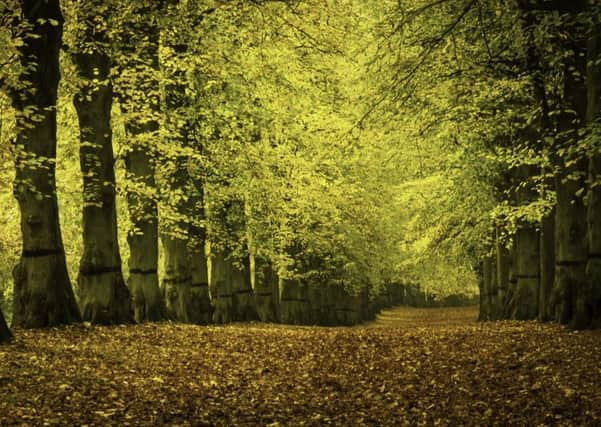Country & Coast: A Yorkshire tree as old as Magna Carta


As it happens the Woodland Trust, the UK’s largest woodland conservation charity, is currently asking people to vote for their favourite individual tree, and two of those on the shortlist are in Yorkshire. One is a gnarled old elm that is still standing in a Sheffield street, a remarkable survivor of the Dutch elm disease which ravaged more than 30 million elms in Britain during the 70s and 80s.
The other is a mulberry tree which grows in the exercise yard of Wakefield Prison and has a particularly fascinating back story.
Advertisement
Hide AdAdvertisement
Hide AdThis was where the nursery rhyme ‘Here We Go Round the Mulberry Bush’ originated. The story goes that when the prison was a House of Correction in the 19th century, a mulberry sprig was taken from what is now Normanton Golf Club in nearby Stanley, and planted in the exercise yard used by female prisoners. This sprig eventually grew into a fully mature mulberry tree, and it is said that prisoners danced round it in the moonlight while devising the famous rhyme.
However, several other renowned trees in Yorkshire do not appear on the shortlist. Perhaps there should be a list just for Yorkshire? I’m sure many readers could easily nominate a top ten.
High on my own list of favourites would be the Laund Oak, which stands beside the ribbon of single-track road running between Storiths and Barden Bridge at Bolton Abbey. This contorted mass of branches is more than 800 years old, which means it was a sapling even before Magna Carta was written.
Today the Laund Oak still produces healthy acorns, and in spring provides nesting holes for wrens, blue tits and starlings.
Advertisement
Hide AdAdvertisement
Hide AdAnother tree on my list would be the hollow sessile oak which stands in the grounds of Wortley Hall to the north of Sheffield. It has a girth of 24ft and is thought to be more than 500 years old, dating it to around the time Christopher Columbus discovered America.
Then there is the great wild cherry tree at Studley Royal Water Garden, near Ripon, which is said to be the largest in Britain. Storm damage reduced its majestic profile some years back but the tree still manages to bursts into leaf each year.
It is easy to take the longevity of such trees for granted. After all, they managed to survive the ravages of disease and development over successive centuries.
Unfortunately, though, some venerable trees have eventually come to grief. Near Wetherby, for instance, the legendary Cowthorpe Oak finally expired in 1950. It was said to be England’s oldest tree, having been planted in early Roman times, and was sketched by the Romanticist landscape painter J.M.W. Turner.